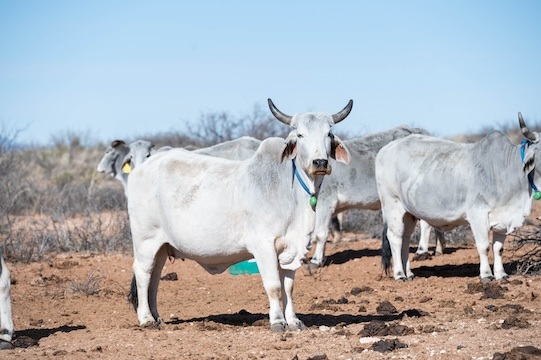For more details about an impact, contact information for NMSU ACES faculty and staff is available at the online directory.
For general questions regarding impacts in this database, please contact Claire Montoya at ccortner@nmsu.edu.

Precision Livestock Farming and Ranching Tools
Ranchers in the Southwestern US must oversee extensive areas of rangeland driving in many cases across very difficult rugged terrain and covering long distances to monitor herds, assess forage conditions, and inspect water infrastructure. This logistical constraint may limit their ability to observe animals, evaluate water sources, and assess forages frequently, hindering their capacity to respond promptly to various climate, forage, and animal stressors. If left unattended, these events can accumulate, resulting in significant economic losses for ranchers. Low-cost LoRa WAN connectivity systems along with virtual fencing technology and coupled applications of dashboard systems for real-time surveillance of livestock welfare, remote sensing, and sensors system to monitor weather conditions and livestock drinking water have been deployed across c.a. 280,000 acres of diverse landscapes, including desert and semiarid grasslands, shrublands, woodlands, conifer forests, and irrigated farmland. Preliminary results from on-ranch case studies indicate tangible benefits associated with reductions in expensive fencing infrastructure and repairs and facilitated monitoring rangelands and animals. More efficient monitoring of livestock, forage condition and drinking water has resulted in a notable decrease of around 20% in labor and fuel costs. Furthermore, there has been an approximately 10% increase in cattle sales resulting from more efficient and faster gathering of livestock grazing rugged ranges. Furthermore, there were varying attitudes and perceptions towards the adoption of ranch, rangeland and livestock management technologies that is being enhanced through completion of targeted workshops, classroom instruction and experiential internships co-developed with state and federal agencies.